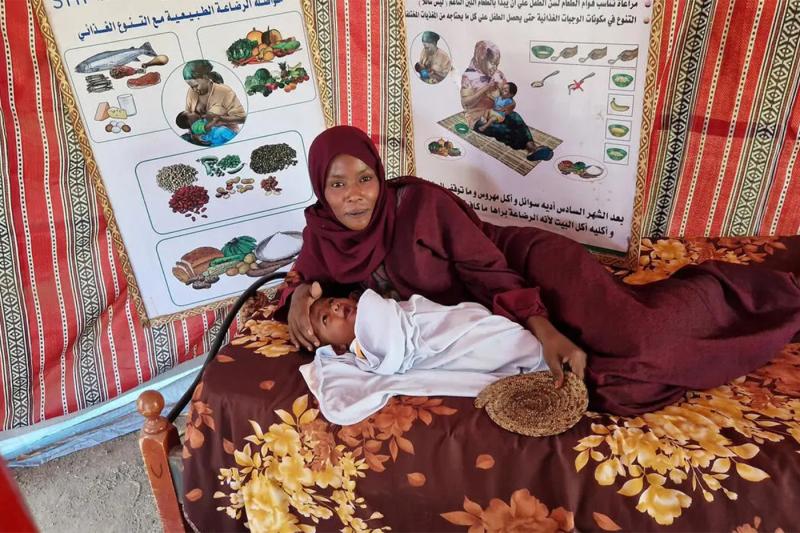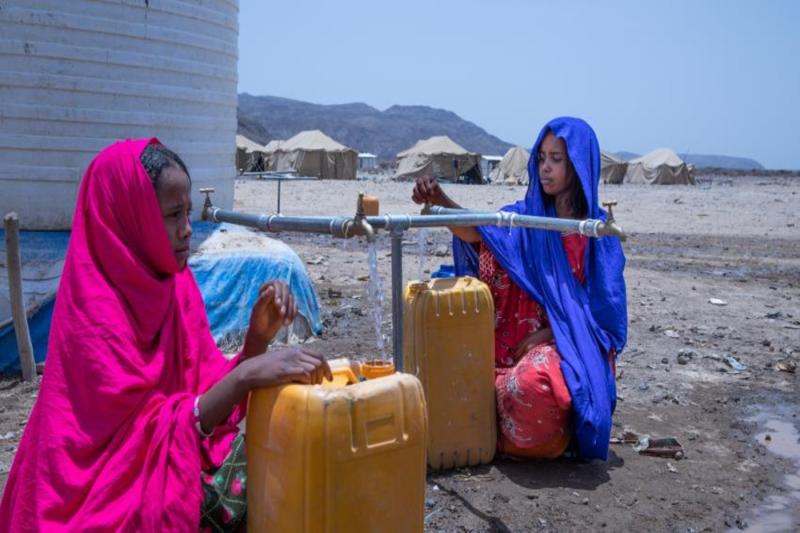Health care for women in a city at war
Om Rad is a wife and mother of four living in Homs, a Syrian city that has seen fierce fighting during the country’s civil war. When she delivered her fourth child, she suffered health problems that required medical attention. She needed help, but was unsure where to find it when many of the local medical facilities had been destroyed.
Then she found an answer. “I heard from my neighbor about this clinic managed by the Syrian Family Planning Association that would be able to assist me at no cost,” she said. In 2015, about 187,000 women in Homs were estimated to be of reproductive age. On average, the clinic serves 20 to 30 patients each day.
Om Rad received care at the clinic, which relied on CERF funding disbursed through UNFPA to provide life-saving medical services to women and children.
“I’m so touched that I was able to get services at this clinic in these challenging times,” she said. “At least I can receive health care services now whenever I need. I wish this brutal war would come to an end.”
CERF support to Syria Regional Crisis
The Syria crisis entered its fifth year in 2015, with the region’s already massive humanitarian need growing at an overwhelming rate. Fighting pushed civilian casualties higher, spurred widespread displacement and created refugee flows that strained the capacity of humanitarian organizations and host countries alike. Violations of International Humanitarian Law and Human Rights Law were ongoing.
By the end of 2015 the number of people needing humanitarian assistance in Syria soared to over 13 million. Millions more left the country, crossing into or through Iraq, Lebanon, Jordan, Turkey and Egypt. The crisis continued to draw world attention throughout 2015 as refugees endured risk and hardship to reach countries in and beyond the Middle East. Between 2011 and 2015, CERF’s funding for the response totalled more than $212 million for the countries most gravely affected by the crisis.
The Fund focused its first UFE allocation of 2015 on the crises in Syria and countries in the region, disbursing over $77 million among countries affected in the Region. The largest amount – $30 million – went for life-saving aid in Syria itself.
CERF specifically supported projects with direct, life-saving value for more than seven million people in the region. It helped humanitarian organizations to sustain assistance to internally displaced people and refugees, provided protection to the most vulnerable, relieved food insecurity and malnutrition and supported health care.
Find more information on CERF Syria crisis related allocations (link)


